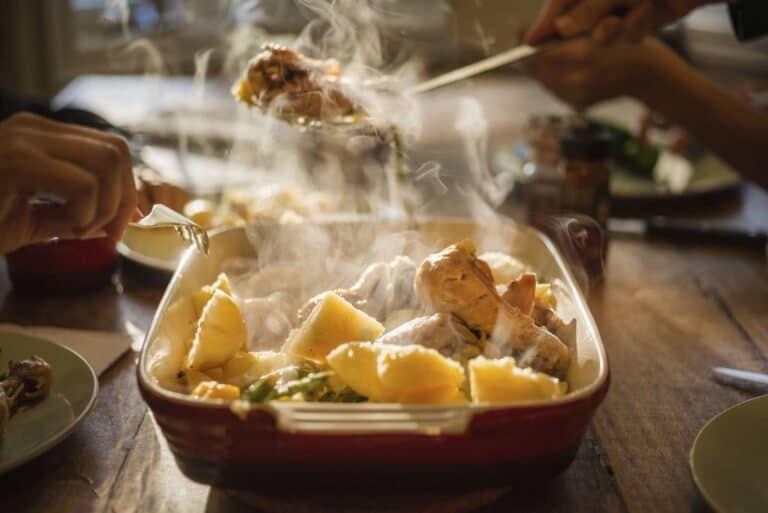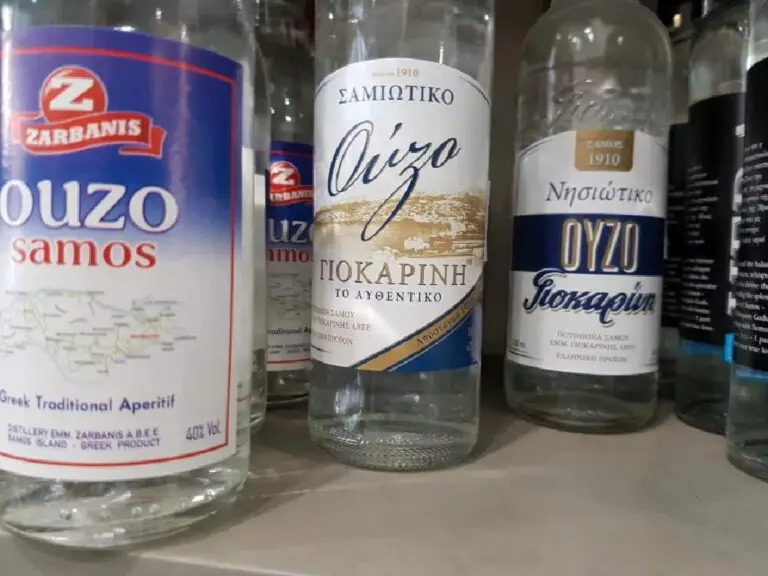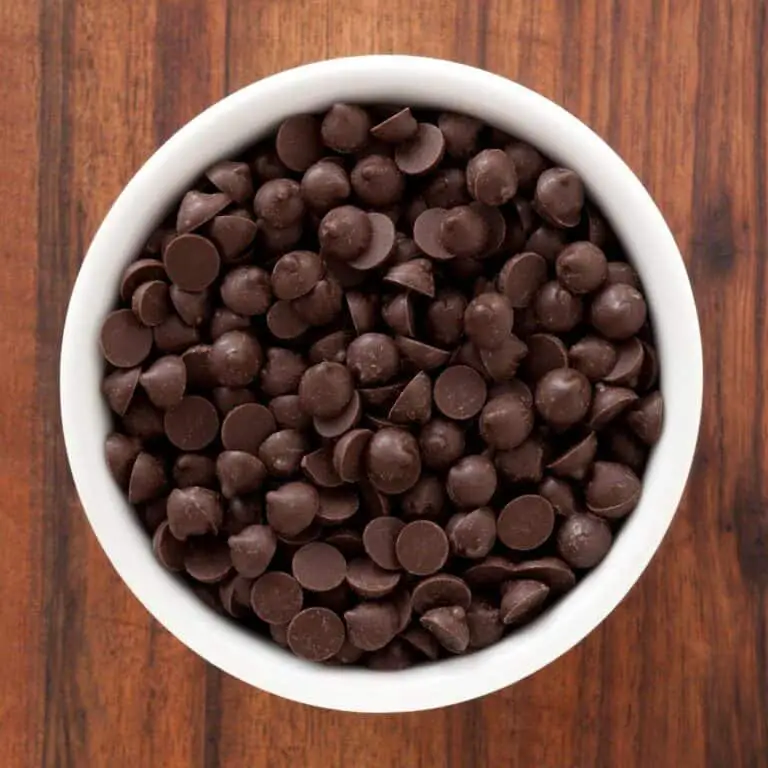Can you Refrigerate Hot Pockets Overnight in the Fridge? The Dos and Don’ts
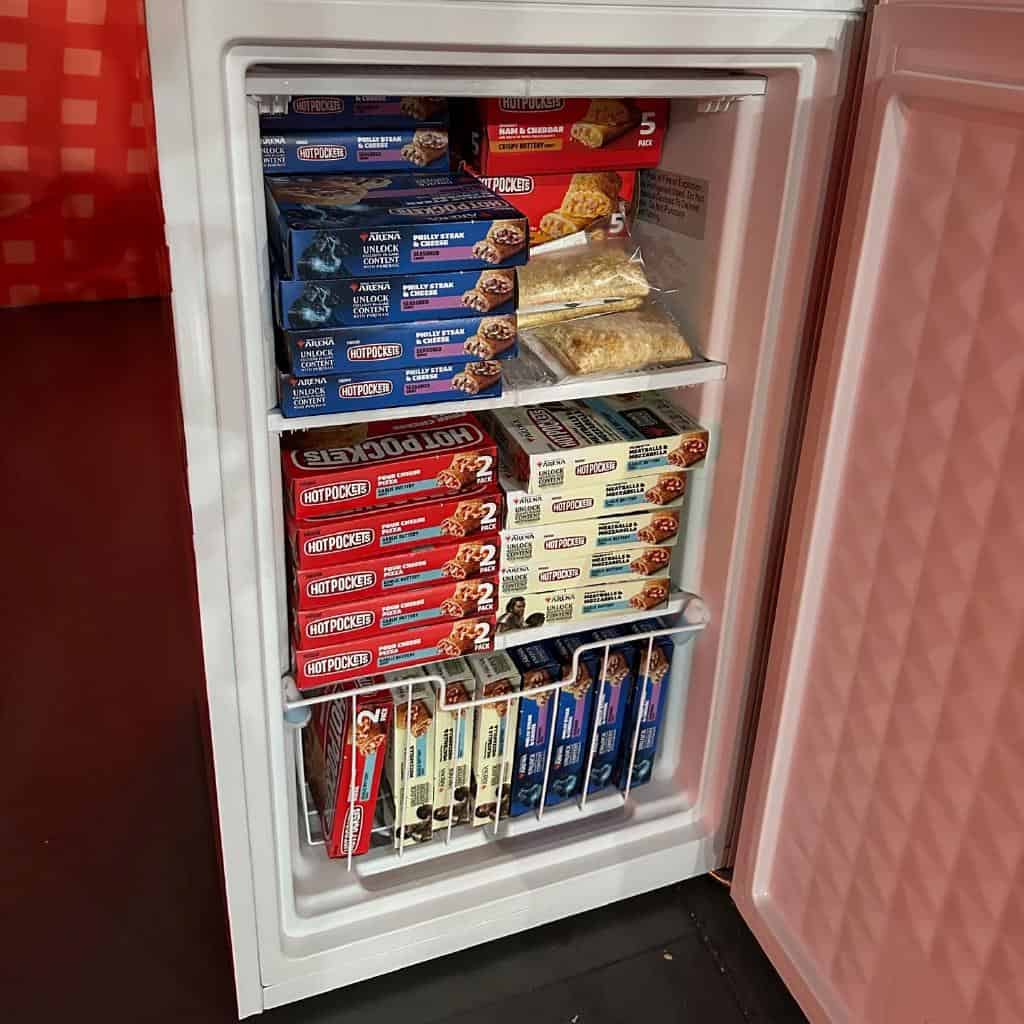
Hot Pockets, those delicious pockets of savory filling wrapped in a warm, flaky crust, have become a staple for busy individuals on the go. Whether it’s a quick lunch at work or a late-night snack after an exhausting day, Hot Pockets offer both convenience and taste.
However, as any seasoned Hot Pocket connoisseur knows, enjoying them to their fullest requires careful consideration of proper storage techniques. After all, no one wants a lukewarm or soggy pocket ruining the experience.
In this article, we’ll explore the age-old question: Can you refrigerate Hot Pockets overnight? We’ll explore food safety. We’ll find out if storing these foods in your fridge is safe and maintains flavor.
Along the way, we’ll share some valuable dos and don’ts. They will help you maximize storage potential while minimizing any risks associated with improper handling. So grab yourself a Hot Pocket (or two), sit back, and let’s embark on this tasty adventure together!
Can You Refrigerate Hot Pockets Overnight in the Fridge?
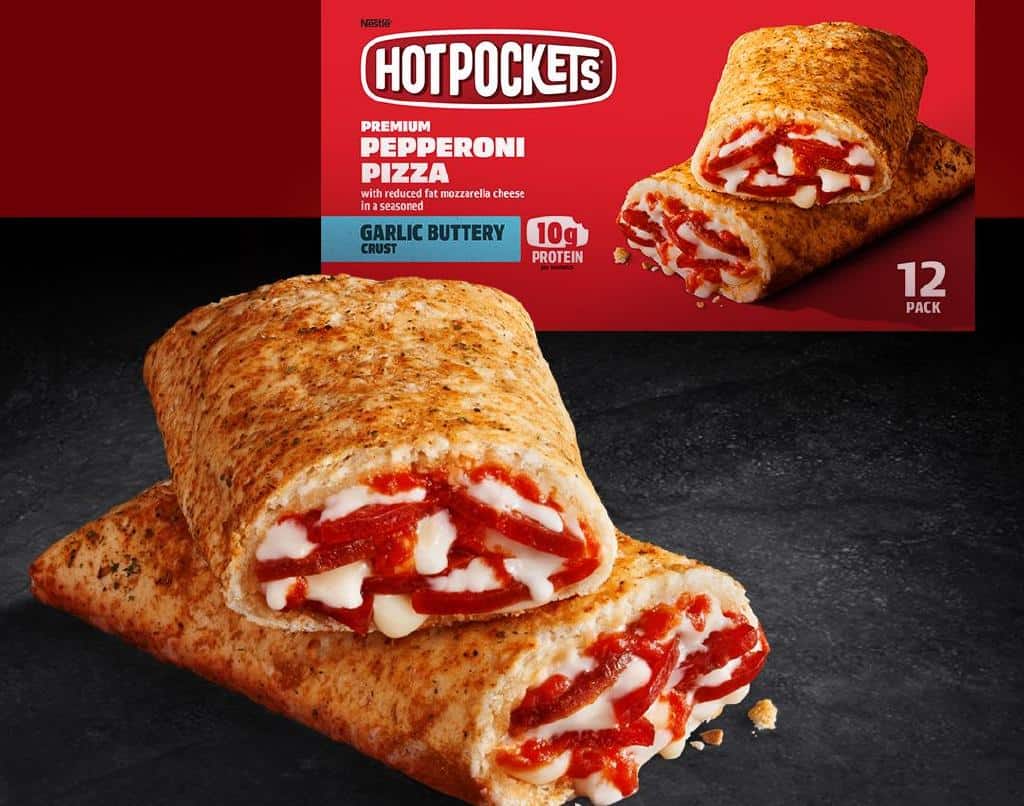
Hot pockets are a popular and convenient snack option for many people, but what happens if you can’t finish an entire box in one sitting? Can you refrigerate hot pockets to save them for later? The answer is yes; it is generally safe to refrigerate hot pockets before cooking them.
Refrigeration can extend the shelf life of hot pockets and keep them fresh for a longer period of time. However, it’s important to note that even though they can be refrigerated, there is still a recommended time frame for consumption after purchase. It’s always best to check the expiration date on the packaging and consume the hot pockets within that time frame.
Once cooked, uncooked hot pockets can also be stored in the refrigerator. If you have leftovers or cooked extra hot pockets ahead of time, simply let them cool down completely before storing them in an airtight container or resealable bag. This helps maintain their freshness and prevents any odors from seeping into other food items in your fridge. Cooked, uncooked hot pockets usually stay good in the refrigerator for about 3-4 days.
Follow these guidelines and be mindful of storage times. You can safely enjoy leftover or partially eaten hot pockets without compromising their taste or texture. So go ahead and stock up on those delicious snacks—just remember to properly store them so they’re ready whenever hunger strikes!
Best Practices for Storing Hot Pockets: the Do’s and Don’ts
It is important to follow the directions on the package or the manufacturer’s suggestions for how to store hot pockets. Each brand might have specific guidelines for refrigerating their products safely. It’s important not to overlook this information, as it ensures you are keeping your food at its best quality.
Let’s explore the dos and don’ts of refrigerating Hot Pockets overnight for an optimal culinary experience.
The Dos:
1. Allow Cooling Time:
Before refrigerating Hot Pockets, ensure they have cooled to room temperature. This prevents condensation inside the packaging, preserving the texture of the pastry.
2. Use Airtight Containers:
To keep your hot pockets fresh and prevent them from drying out in the refrigerator, consider using an airtight container or resealable bag to store opened packages. This extra layer of protection will help maintain their moisture and preserve their flavor.
3. Label and Date:
Labeling containers with dates is a simple yet effective way to ensure that you’re eating your hot pockets while they are still fresh. This practice helps avoid confusion and prevents accidentally consuming spoiled food.
4. Arrangement of Storage location
Make sure to place newer batches at the back of your fridge so that older ones remain within easy reach and don’t get forgotten about.
The Don’ts:
1. Refrigerate While Hot:
Avoid placing Hot Pockets in the fridge immediately after cooking. Doing so can elevate the overall temperature in the refrigerator, impacting the safety of other perishables.
2. Reheat and Refreeze:
Once refrigerated, it’s best not to reheat and then refreeze Hot Pockets. This can compromise their texture and taste, resulting in a less satisfying meal.
| Also see: Can You Put Slushie in the Freezer? |
The Risks of Improper Storage of Hot Pockets
While it may seem tempting to leave your hot pockets out at room temperature overnight, this can pose some serious risks. One of the main concerns with improperly stored hot pockets is the potential for bacterial growth. When left unrefrigerated, foodborne bacteria such as Salmonella or E. coli have an opportunity to multiply rapidly. They can cause food poisoning if consumed.
In fact, mishandling frozen snacks, such as hot pockets, has caused foodborne illness outbreaks. For example, back in 2016, certain types of Hot Pockets were recalled. The recall was due to potential contamination with meat from a supplier that had not undergone proper USDA inspection. This highlights the importance of handling and storing convenience foods safely.
To minimize these risks, always practice good hygiene when handling convenience food products. Make sure to wash your hands thoroughly before preparing or eating hot pockets, and ensure that they are stored promptly and properly after use.
Signs of Hot Pockets Have Gone Bad
It is important to know how to tell if your hot pockets have gone bad. Consuming spoiled food can lead to food poisoning, which can cause severe illness and discomfort. Here are some key signs to look out for that may indicate your hot pockets have gone bad:
1. Foul smell: If you open the package in a hot pocket and notice an unpleasant or sour odor, it is likely that it has gone bad. Trust your sense of smell; if something seems off, it’s better to be safe than sorry.
2. Discoloration: A fresh hot pocket should have even coloring throughout its pastry crust and filling. If you see any discoloration, such as mold growth or browning spots on the dough, it’s a clear sign that the product has deteriorated.
3. Texture changes: Pay attention to any textural changes in the pastry or filling of the hot pocket. Moldy patches, sliminess, or unusual dryness are indications that spoilage has occurred.
Keep in mind these signs when assessing whether your hot pockets are safe to eat. It is always better to err on the side of caution. Discard anything questionable rather than risk potential health issues by consuming spoiled food.
Alternative Methods of Storing Your Hot Pockets
Cooling hot pockets overnight in the fridge is generally safe and a convenient option for those who want to prep their snacks ahead of time. However, if you prefer alternative storage options or don’t have access to a refrigerator, there are a few other methods you can consider.
One alternative option is to freeze your hot pockets instead of refrigerating them. Freezing not only extends their shelf life but also helps maintain their freshness and texture. Before freezing, make sure the hot pockets are completely cooled down to room temperature.
Wrap each individual pocket tightly in aluminum foil or place them in an airtight container suitable for freezer storage. When you’re ready to eat, simply pop one into the microwave or oven and heat according to package instructions.
If refrigeration or freezing isn’t possible, another method worth trying is using an ice pack cooler bag. These insulated bags help keep food cool for extended periods without requiring electricity. Place your wrapped or sealed hot pockets inside the cooler bag. Add frozen gel packs or ice cubes. Store it in a cool area away from direct sunlight.
Remember that when using these alternate methods, it’s important to follow proper food safety guidelines. Ensure that your hot pockets remain at safe temperatures throughout storage. Regularly check on your stored hot pockets for any signs of spoilage and discard them if they appear spoiled or have been exposed to unsafe conditions.
Conclusion: Proper Storage and Key Takeaways
In conclusion, refrigerating hot pockets overnight in the fridge is generally safe. However, it is important to follow certain storage guidelines to ensure their quality and minimize any potential risks. Firstly, always check the packaging for specific instructions provided by the manufacturer. Generally, it is recommended to refrigerate hot pockets if they have been cooked but are not consumed immediately.
When storing hot pockets overnight in the refrigerator, make sure they are properly wrapped or sealed tightly in an airtight container. This prevents moisture loss and bacterial contamination. This will help maintain their texture and taste when reheated later. It’s also essential to place them on a higher shelf away from raw meat or other potentially contaminated food items.
Remember that while hot pockets can be convenient snacks or meals-on-the-go, they should still be treated as perishable food items due to their ingredients, such as meats and cheeses. If you notice any signs of spoilage, such as an unusual smell or discoloration, discard them immediately rather than risking foodborne illness.
Here are the key takeaways for safely storing hot pockets: Follow package instructions, wrap or seal properly before refrigerating, keep away from raw meats, be mindful of expiration dates (especially for frozen versions), regularly check for spoilage before eating, and reheat thoroughly until steaming hot.
By adhering to these storage practices and taking necessary precautions towards food safety with your delicious hot pocket snacks, whether homemade or store-bought – you can enjoy them with peace of mind while maintaining their quality and flavor!

